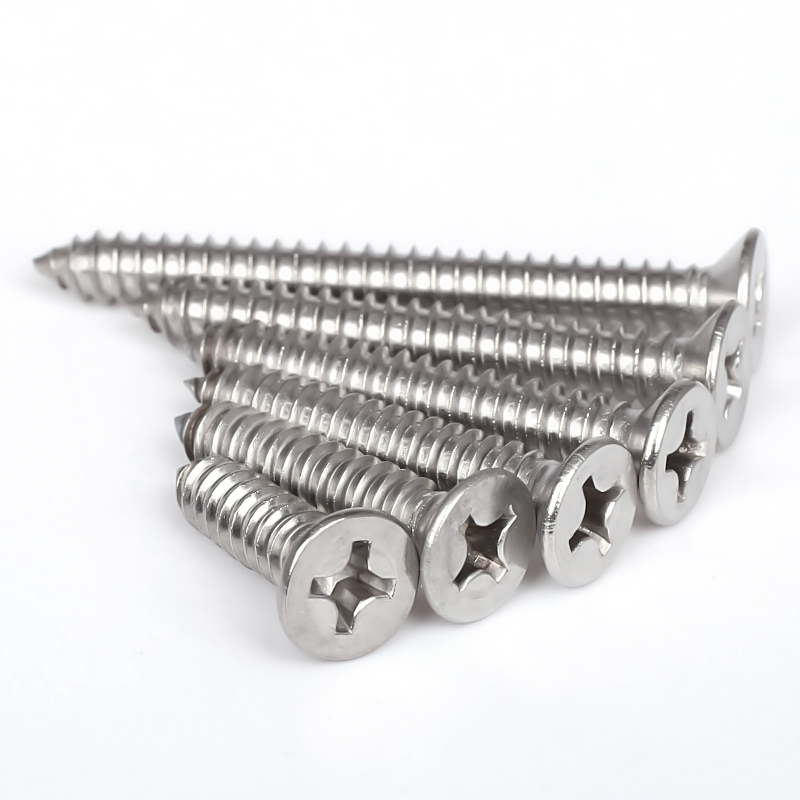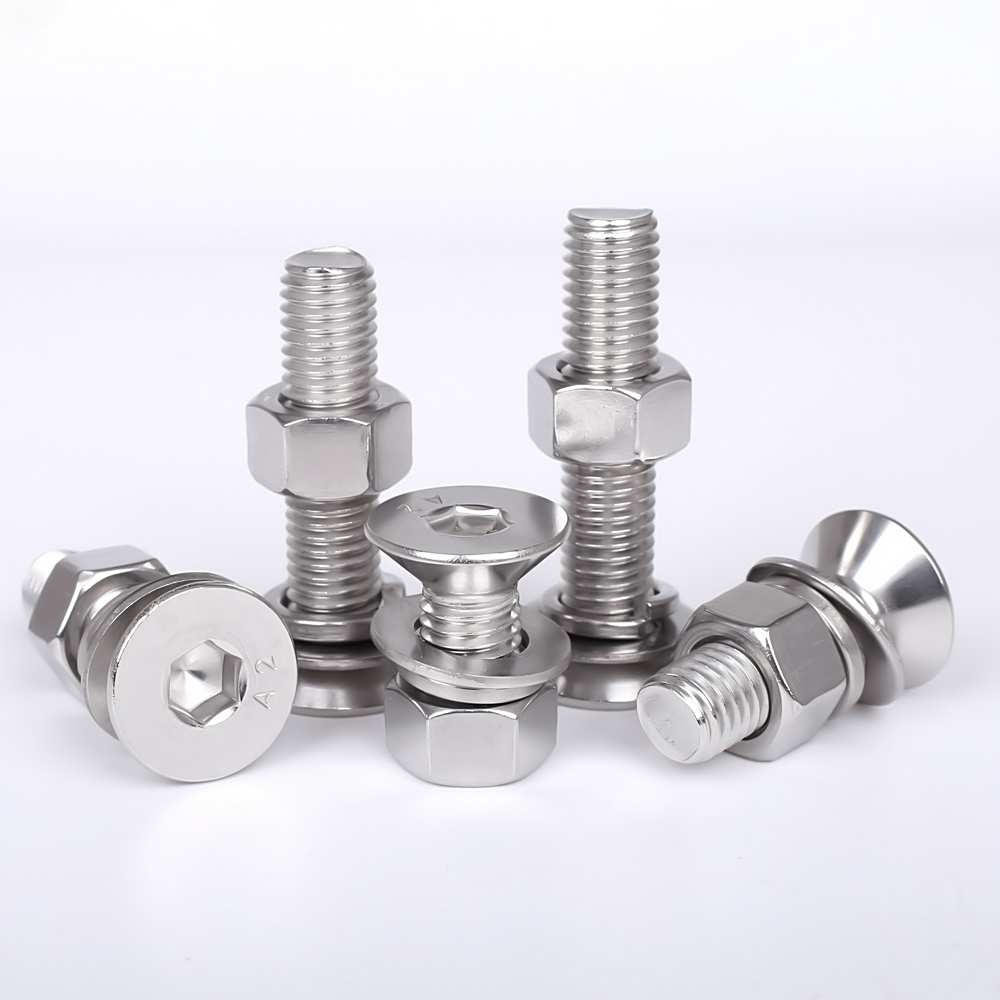1. Design requirements
The screw clamps the plates of the connecting plate by tightening the preload within the screw enough to create a high amount of friction which increases the integrity and stiffness of the connection. When subjected to shear stress, the root
According to different design and force requirements, it can be divided into high-strength screw friction connection and high-strength screw pressure connection. The essential difference is in the dry limit state. Although the same snail
silk, but they are very different in terms of calculation methods, requirements, scope of application, etc. In a shear design, the maximum possible friction force provided by the screw tightening force between the plate contact surfaces is
The limit state of high-strength screw friction connection, that is, the internal and external shear force of the connection does not exceed the maximum friction force during the entire service life. Relatively non-slip between plates (always keep the original screw and hole wall
initial gap), the connected plates are stressed as a whole according to elasticity. In the shear design, the external shear force is allowed to exceed the maximum friction force of the high-strength screw bearing type connection, at which time the connection
Relative sliding deformation occurs between the connecting plates until the screw contacts the hole wall. Then, the connection relies on the shear of the screw body, the pressure of the hole wall and the friction between the contact surfaces of the plates
to transmit force.

2. Screw principle
Screws mainly include ordinary screws, self-tapping screws and expansion screws. It is found in machinery, appliances and buildings. It is usually made of metal and has a cylindrical shape with engraved
Notches are cut, such as a bevel around one side of a screw, to allow the screw to secure a nut or other object. The top diameter of the screw is larger and can be round or hexagonal so that the screwdriver
or a tool such as a wrench to turn the screw. The protruding top also prevents the screw from drilling too deep into the material and increases the pressure of the screw on the material.Screw Series

3. Screw technology
(1) There are many types of screw heads and grooves, which are generally different according to appearance and disassembly, or other requirements, which are more intuitive.
Machine Screw (2) The pitch of the screw can be divided into three types: machine teeth, plastic screws, wood screws or wall screws. The screw spacing is mainly related to the density of the locking material. The higher the material density, the closer the pitch
Small. The pitch of the plastic screws can also vary. Soft materials such as PP and PF can increase the tooth pitch and are not easy to slip; dense materials such as POM and PC can be used for screws with smaller pitches. machine teeth
Coarse teeth in refers to standard screws used in ordinary occasions; fine teeth can be used according to different requirements and different tooth pitches, and also refer to non-standard screws for special occasions.
Security Screws (3) The shape of the screw tail is more complicated, but we commonly use flat tail, pointed tail, groove tail, triangle, cone tail, etc. These shapes serve several main functions: positioning, tin turning,
Self-tapping, self-locking, etc.






